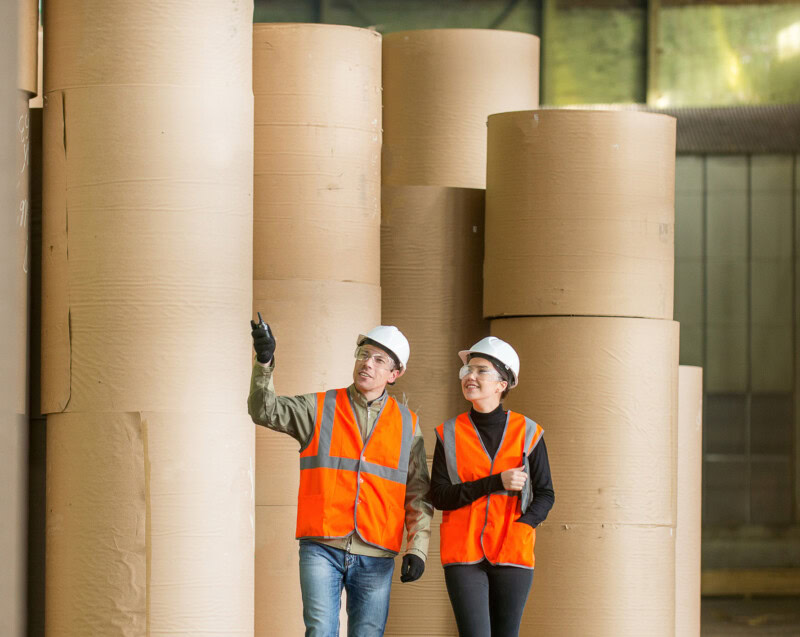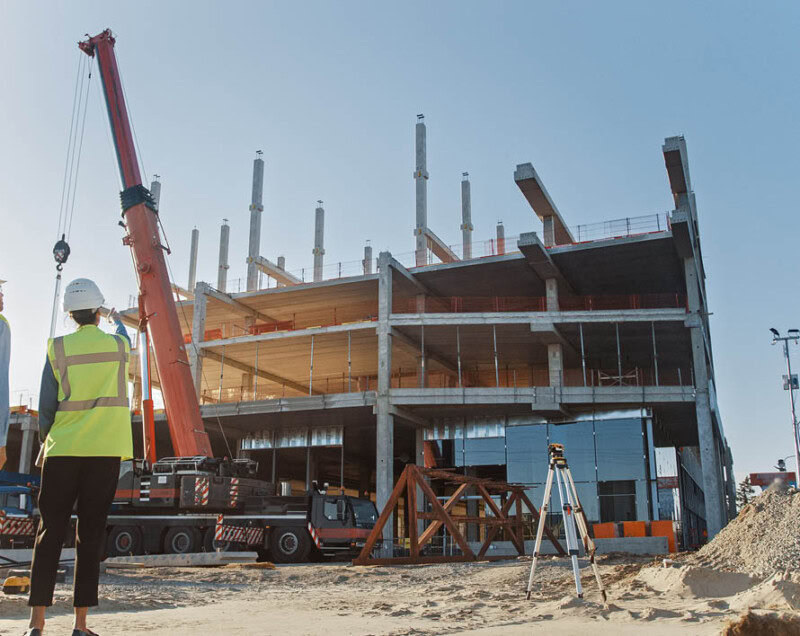In our final installment from our wide-ranging interview with CTEH Senior Medical Toxicologist Dr. Michael G. Holland, we explore the issues of workplace chemical exposure, hyperbaric medicine and misconceptions about chemical exposures.
What are some of the most common workplace exposures that require medical treatment?
Carbon monoxide (chemical formula: CO) poisoning is common in the workplace. Gas-fired generators and tools (like pressure washers. pneumatic paint sprayers) can cause toxic levels of carbon monoxide to accumulate when in confined spaces. Other possible culprits are gas-powered levelers and spreaders for concrete smoothing in confined spaces. These machines can all exhaust the toxic gas. Alternative powered machines like forklift trucks, and Zambonis can also emit the toxic fumes (they run on propane or natural gas).
One of the more common toxins that we’ve seen in the workplace is hydrofluoric acid, or HF. Workers cleaning bricks, wheels, or making glass etching can be exposed to this harmful chemical. We see most occurrences of exposure in industry, but some products available for home use contain HF. This is a very dangerous acid – even in low concentrations – because it doesn’t cause a burning sensation right away. It seeps in and causes severe pain later. Some topical antidotes and injections do exist and can be used to treat an exposed person. In higher concentrations, hydrofluoric acid can cause immediate burning and death from just a small surface area burn. Needless to say, it is very dangerous if ingested.
What is hyperbaric medicine and how does it help toxicology patients?
Hyperbaric medicine is the practice of giving high flow oxygen under pressure in a chamber that allow greater than atmospheric pressure, and is used in toxicology for treating acute carbon monoxide poisoning. The U.S. Navy originally treated “the bends” using hyperbaric medicine. They found that it works well for treating carbon monoxide exposure – it’s like an “antidote.” A person with a severe carbon monoxide poisoning (coma, loss of consciousness, seizure) needs hyperbaric medicine within about six hours for it to be effective. Chambers are expensive to have and run, so they are not that common and are not available everywhere.
Hyperbaric medicine is also occasionally used to treat victims of cyanide poisoning or accidental injections of gas. The treatment shrinks bubbles that may form in the blood, so it is a good course of action for accidental ingestions of concentrated hydrogen peroxide.
Are there any common misconceptions or misunderstandings about chemical exposure or poisoning that you’ve encountered?
For the most part, the common industrial chemicals – chlorine, ammonia (things common in accidental spills) – are not “silent” poisoners. They cause very specific symptoms. These are very irritating (bad burning in eyes, nose or throat) in acute exposures. The misconception is that low dose poisoning may not be obvious, and could later cause harm. This is simply not true: Low dose exposures that do not cause symptoms acutely indicates the dose was not high enough to cause harm, and they cannot cause problems later if symptoms were not immediately obvious.
Right now, the big hot items on the radar are crude oil being transported by rail. I think the scientific community is doing a good job explaining nature of the volatile elements present in crude oil and the potential dangers associated with it. With certain grades of crude oil, the most harmful aspect is the highly volatile nature of certain components that can pose a fire and explosive risk. After a fire, particulate matter that comes from the burn is a concern. Downwind from the fire people see black smoke and they think it’s bad, but it rarely causes acute injury or problems, so long as there are no close exposures in a confined space.
Michael G. Holland, MD, FAACT, FACOEM, FACMT, FACEP, has over 20 years of experience in Medical Toxicology, Occupational and Environmental Medicine, and Emergency Medicine. He is a practicing physician who conducts evaluations of patients for conditions or diseases associated with workplace and toxic exposures; human health risk assessments; community and worker health evaluations, and regulatory compliance consultations. Dr. Holland currently serves on a variety of Boards, including the American College of Occupational and Environmental Medicine (ACOEM), and The Medical Review Officer Certification Council (MROCC). He is also an active member of the American Industrial Hygiene Association’s (AIHA) Emergency Response Planning Committee, the American Academy of Clinical Toxicology Occupational Toxicology Committee, and the American College of Medical Toxicology Practice Committee.




